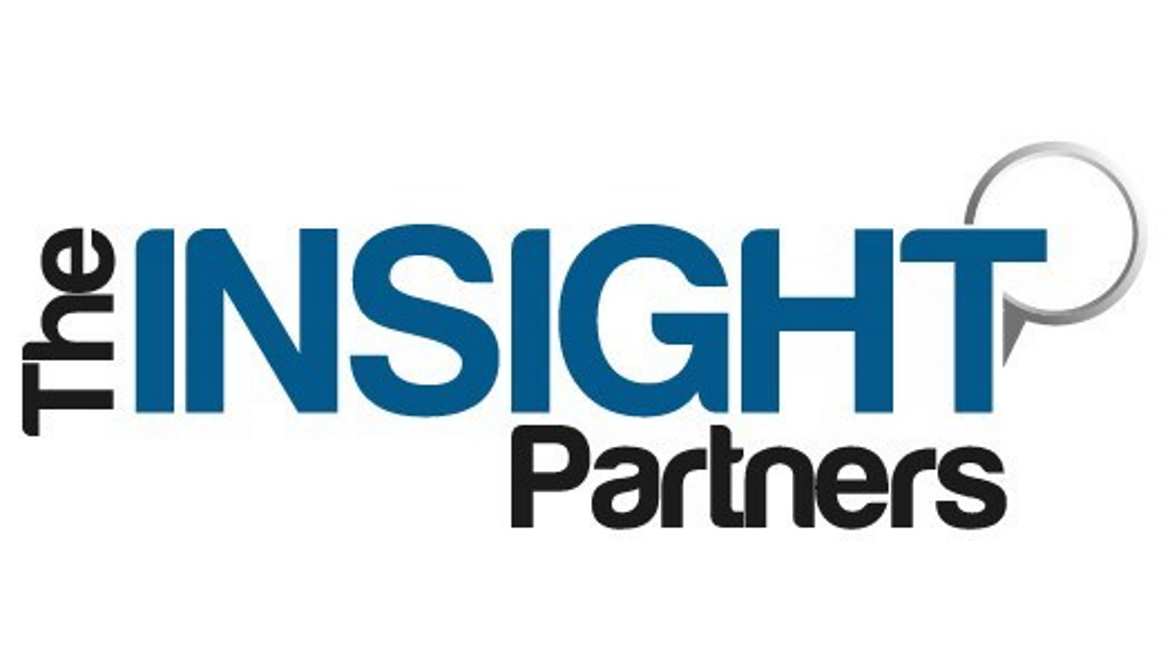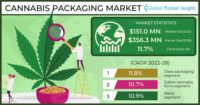According to the new market research report "Flexible Packaging Market Forecast to 2028 - COVID-19 Impact and Global Analysis By Material (Plastics, Paper, Aluminum Foils, and Others), Product Type (Pouches, Bags, Films and Wraps, and Others), and Application (Food and Beverages, Medical and Pharmaceutical, Personal Care and Cosmetic, Industrial, and Others)", published by The Insight Partners, the global flexible packaging market is projected to reach $237,975.67 million by 2028 — from $176,173.61 million in 2021; it is expected to grow at a CAGR of 4.4% from 2021 to 2028.
In 2020, Asia Pacific held the largest share of the global flexible packaging market owing to the rapidly expanding packaging industry, growth of the food retail sector, and rising consumer awareness about sustainable packaging solutions across the region.
The foodservice sector in Asia Pacific is rapidly expanding owing to rapid economic growth, tourism sector growth, improving consumer lifestyle, and rising disposable income level. The region's food & beverage market is witnessing significant growth due to ample availability of various varieties of functional food and drinks and their growing demand among the millennial population.
According to the Annual Report on Catering Industry Development of China 2019 (ARCIDC), China is the second-largest food and beverage economy across the world. The food and beverage revenue in China was over $620 billion in 2018. The report further states that the online sales of food and beverages increased by $44 billion from 2011 to 2017. Hence the growing demand for food and beverages in the region drives the flexible packaging market.
Increased Consumption of Processed Food and Beverages
Flexible packaging helps protect food from environmental elements such as sunlight, temperature and moisture, thereby increasing the shelf life of perishable products. The food & beverages sector is witnessing robust growth. The number of food vendors is increasing at a rapid pace owing to significant demand for convenience food products, takeaway services, and online food delivery services.
According to Canada.ca, the food & beverages processing industry is the second-largest manufacturing industry in Canada in terms of the value of production with sales of goods manufactured worth $117.8 billion in 2019. According to the Flexible Packaging Association (FPA), the flexible packaging industry in the U.S. accounted for $ 33.6 billion in 2019, of which the food packaging segment accounted for the largest share of 52%. Hence, the growth in the food & beverage industry drives the flexible packaging market.
Flexible Packaging Market: Segmental Overview
Based on material, the flexible packaging market is segmented into plastics, paper, aluminum foils and others. The plastics segment held the largest share of the market in 2020. Flexible plastic packaging delivers a wide range of protective properties while ensuring a minimum amount of material being used. It is made from high-grade polymers such as PVC, polyamide, polypropylene, and polyethylene. These polymers are FDA-approved and are contaminant-free. They can tolerate extreme temperatures and pressures. Furthermore, they act as a protective layer for the food and beverages by protecting it from micro-organisms, UV rays, moisture, and dust.
Based on product type, the flexible packaging market has been segmented into pouches, bags, films and wraps and others. The bags segment held the largest share of the market in 2020. Bags are commonly made of metal foil, plastic, and occasionally paper. These bags are used in various packaging applications including food products, confectionery products, biscuits, coffee, powdered milk, and snacks. Also, these bags offer convenience for transport and material savings, as well as suitable for repeated use.
Based on application, the flexible packaging market is segmented into food and beverages, medical and pharmaceutical, personal care and cosmetic, industrial, and others. The food and beverages segment held the largest share of the market in 2020. Flexible packaging is widely used for packaging food products such as eggs, fresh fruits and vegetables and salad. Flexible packaging protects products from moisture, UV rays, mold, dust, and other environmental contaminants that can negatively affect the product, thereby maintaining its quality and extending its shelf life. Also, with the growth of online food delivery channels, the demand for flexible, affordable and recyclable packaging is on a rise.
Impact of COVID-19 Pandemic on Flexible Packaging Market
The ongoing pandemic has drastically altered the status of the chemical and materials sector and negatively impacted the growth of the flexible packaging market. The implementation of measures to combat the spread of the virus has aggravated the situation and has impacted the growth of several industrial sectors. The flexible packaging industry witnesses a significant decline in its production. However, an increase in the demand for flexible plastic packaging for food, beverage, and pharmaceutical applications for product packaging was observed during the COVID-19 pandemic. More people have begun ordering daily staples and fresh food through online channels, leading to an increase in the demand for flexible plastic packaging.


